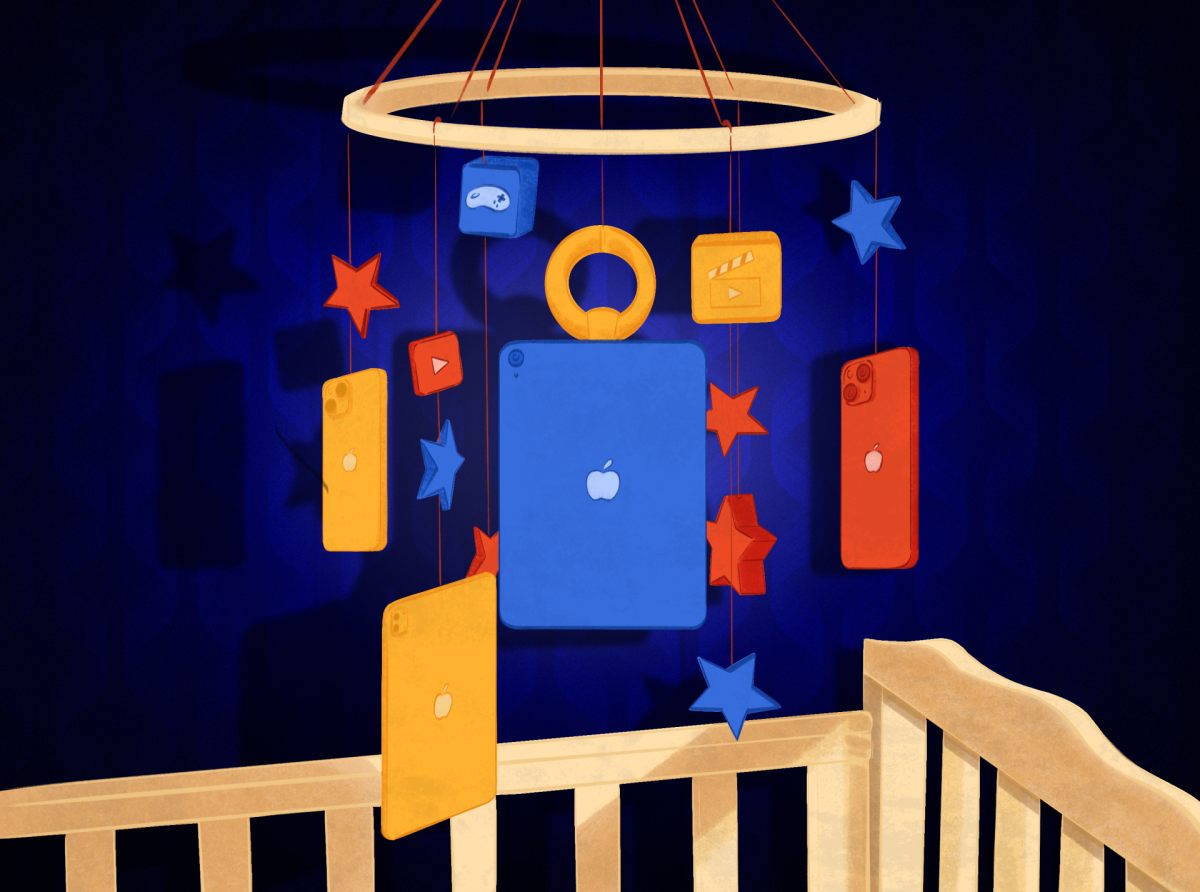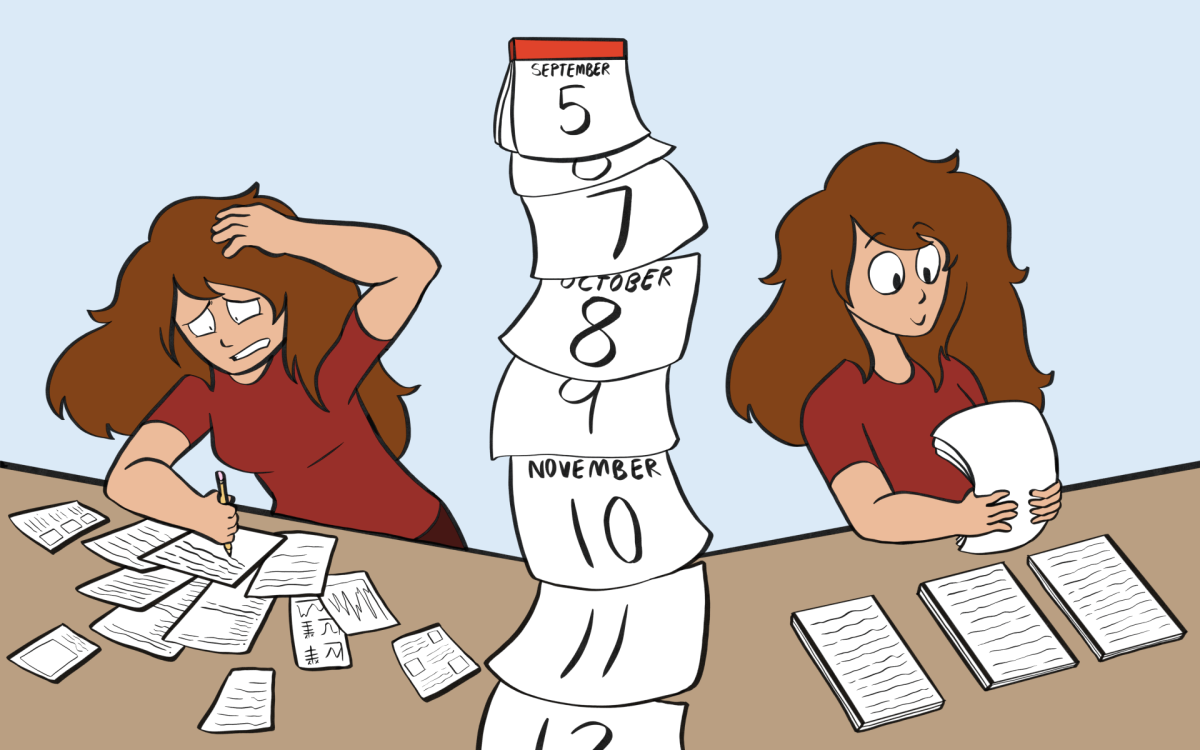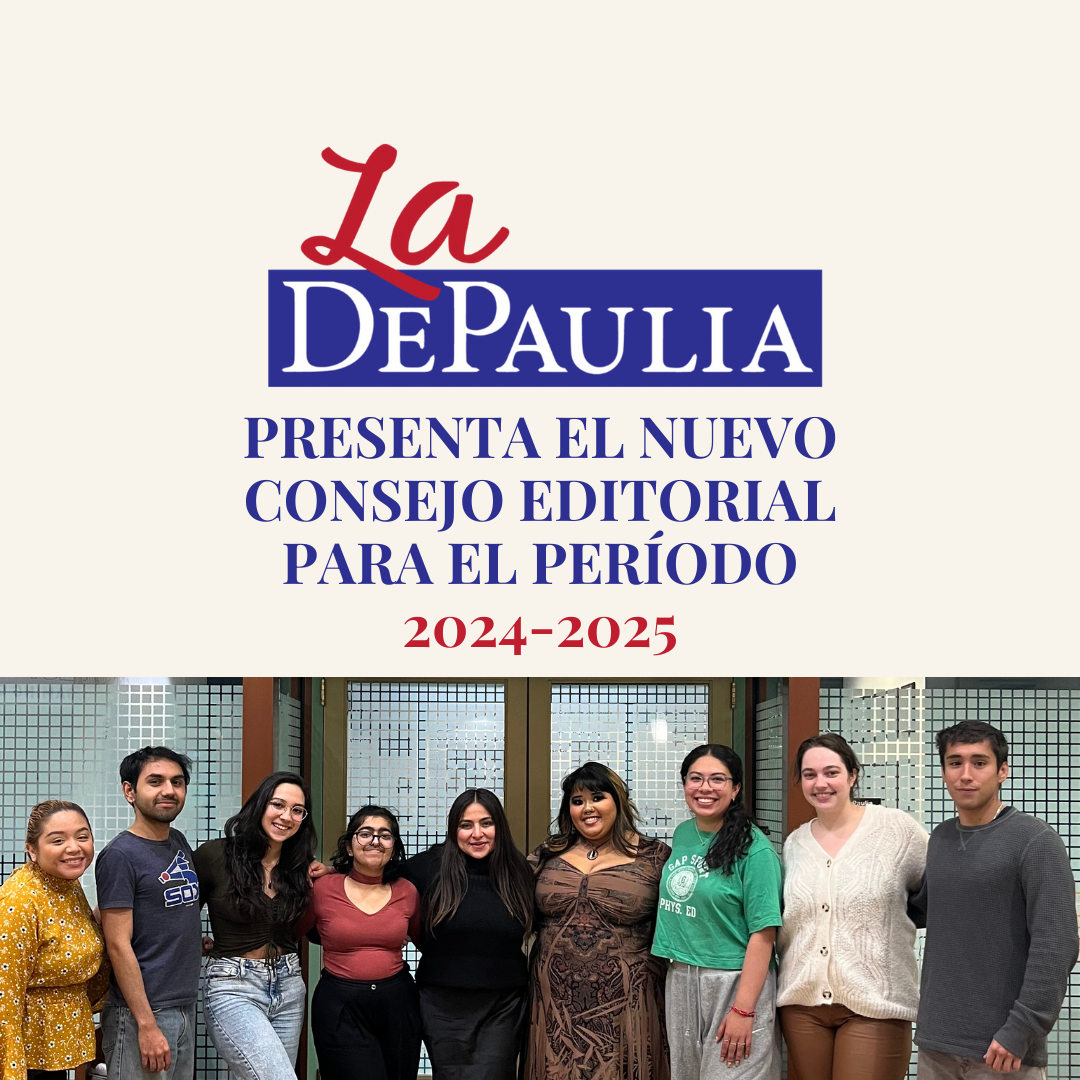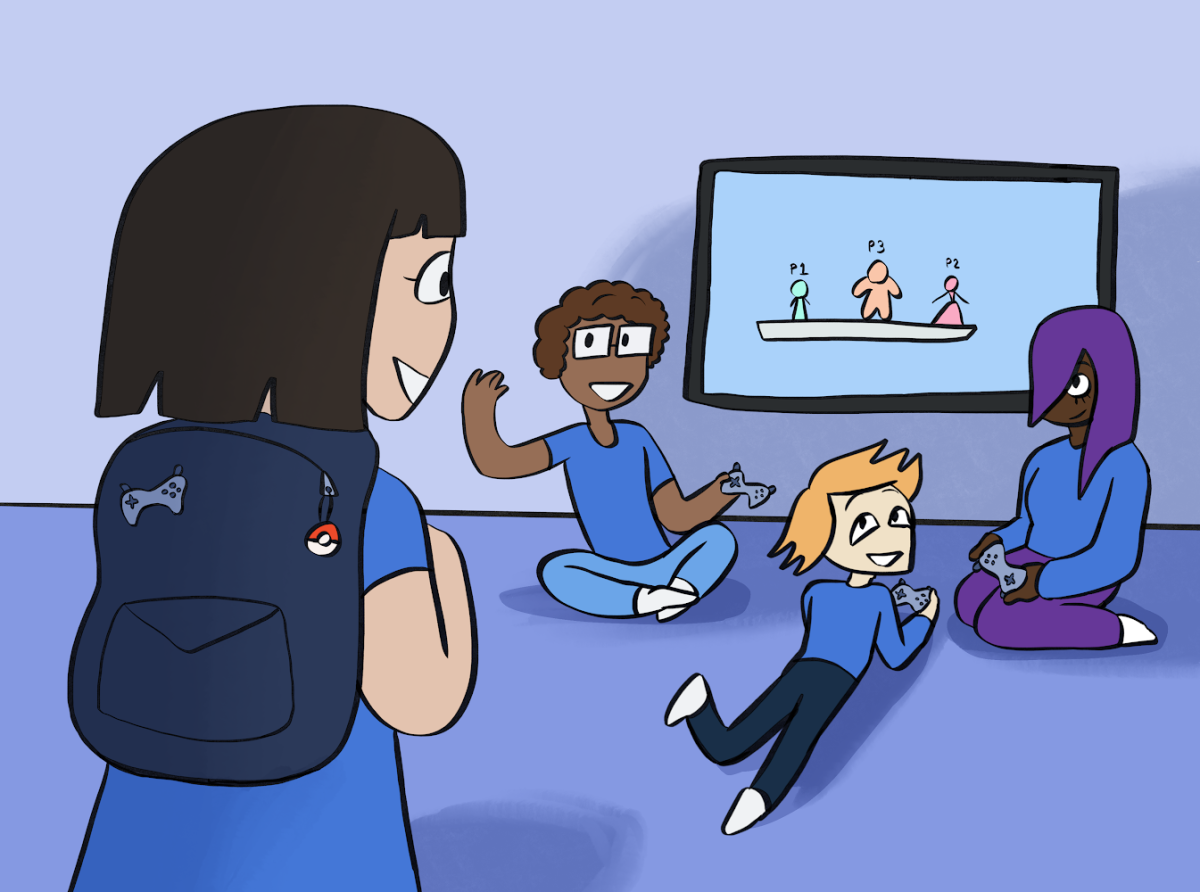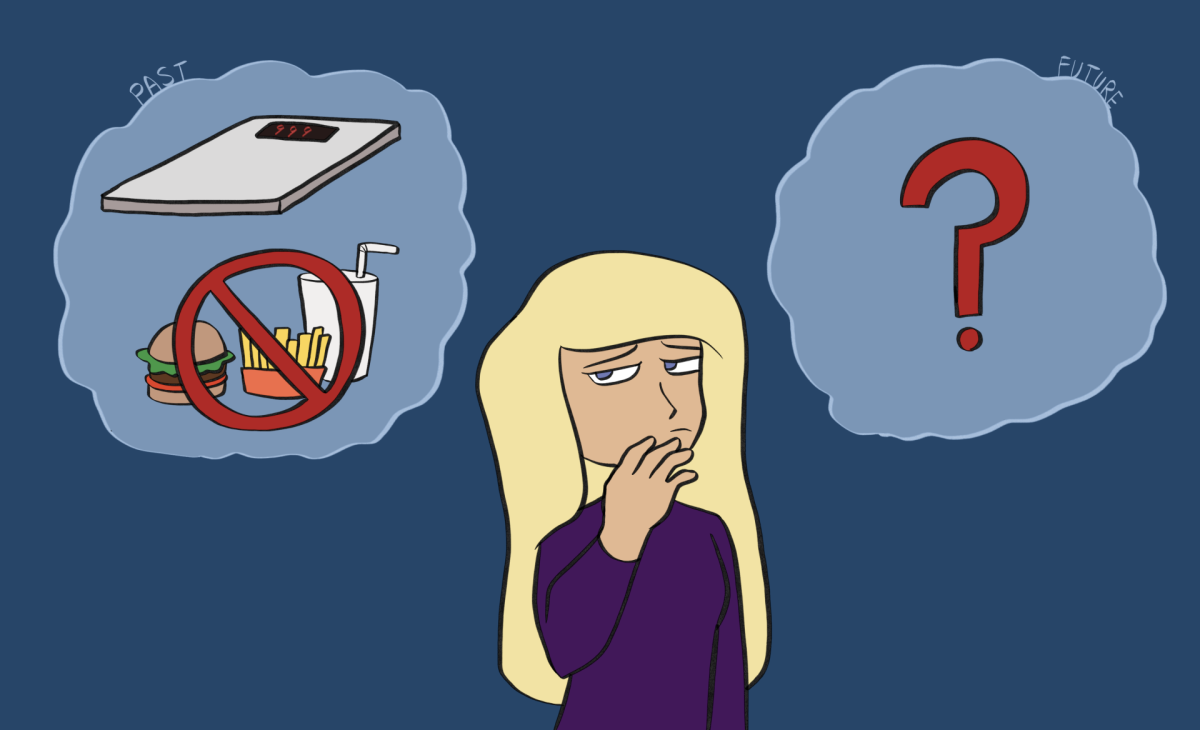Sports scandals at Penn State, Baylor and Louisville, on multiple occasions have posed questions about whether one of these schools should become the first since Southern Methodist University in 1986 to receive the NCAA’s harshest form of punishment: the death penalty.
The penalty calls for a program to be disbanded for as long as two seasons if found guilty of major violations twice in five years. That was the case with SMU, which was placed on probation in the early 1980s before receiving the penalty.

(LM Otero/ The DePaulia)
What the late Joe Paterno, Art Briles and allegedly Rick Pitino did at their respective programs are abhorrent and deserve to be dealt with in the harshest manner. Punishments could include show cause penalties, multiple postseason bans and loss of scholarships, but the death penalty should not be used. One of the trickle-down effects of the death penalty is punishing fans, coaches and athletes decades later who may not have ever been associated with the program at the time of punishment.
SMU is a reminder of the difficulty in recovering from a steep punishment.
After spending four years as an undergraduate student in the SMU program, from 2011-15, it is evident that the penalty is a painful reminder for SMU fans of where the program was– and its desire to get back to that level.
Former SMU student Chris Sellers said, “(The death penalty) ultimately punishes the fans and the student athletes way worse than the people who were involved in the cheating.”
According to the report provided by the Committee of Infractions, the NCAA found 13 football players at SMU were paid approximately $61,000 each from September 1985 to December 1986. The punishment for the crime was crushing for SMU in multiple ways, affecting the win column, attendance and the overall environment on game day.
“After the death penalty we were bad for so long that we lost an entire generation of fans.” Sellers said, “A generation of alumni went to SMU and football was not part of their experience.”
The stiff penalty also hurt SMU in recruitment and left them behind in battles to join major conferences. Former SMU student Austin Michelsen said, “The program struggled to get high caliber recruits and was left behind when the Big 12 was formed.”
Since the penalty, SMU has gone 98-216-3 through 2016, with just four winning seasons since reopening the program in 1989. That record is a steep drop-off from their 149-147-8 record in the same timespan prior to the penalty. After competing for national championships in the years prior, SMU was now fighting to finish with winning records.
The penalty also hit SMU hard in terms of attendance, even though it has improved in recent years, the team averaged just over 33,000 fans per game prior to the penalty, but that has dropped steeply to just above 20,000 since.
“The game day environment is full of an older generation and young alumni, there is a missing age group of middle aged people,” Sellers said.
In 2017, attendance has seen a slight uptick to over 22,000 over their first couple home games, but according to former SMU student Alex Brown, who still lives in the area, there has been an improvement in attendance, but there is still a gap amongst young alumni.
Brown said, “The student sections at games is relatively full, and the west side of the stadium, older alumni, has been really full. The weak part of the stadium is the young alumni section, which I believe is caused by the program being so bad.”
Taking away basketball at Louisville due to program’s work with adidas to pass $100,000 to an unnamed recruit would be taking away a key opportunity for the students at those schools to band together as a community to root on its team. Students are not the people who have committed infractions, unlike Paterno and Briles, but by handing out the death penalty it is the crowd that is punished. A postseason ban is going to hurt the student body, but at the very least they get to enjoy a regular season full of memories and an opportunity to join together.
It’s taken almost 20 years for SMU to recover. The NCAA needs to be careful they don’t make another fan base go through this sort of rebuild after seeing what happened with the Mustangs the first time.


